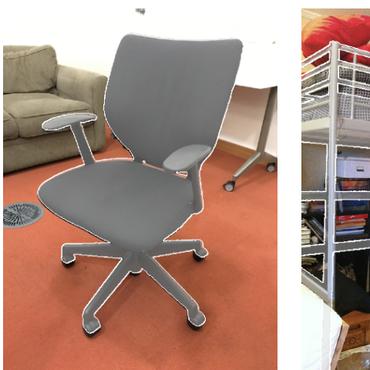PAPooling: Graph-based Position Adaptive Aggregation of Local Geometry in Point Clouds
Fine-grained geometry, captured by aggregation of point features in local regions, is crucial for object recognition and scene understanding in point clouds. Nevertheless, existing preeminent point cloud backbones usually incorporate max/average pooling for local feature aggregation, which largely ignores points' positional distribution, leading to inadequate assembling of fine-grained structures. To mitigate this bottleneck, we present an efficient alternative to max pooling, Position Adaptive Pooling (PAPooling), that explicitly models spatial relations among local points using a novel graph representation, and aggregates features in a position adaptive manner, enabling position-sensitive representation of aggregated features. Specifically, PAPooling consists of two key steps, Graph Construction and Feature Aggregation, respectively in charge of constructing a graph with edges linking the center point with every neighboring point in a local region to map their relative positional information to channel-wise attentive weights, and adaptively aggregating local point features based on the generated weights through Graph Convolution Network (GCN). PAPooling is simple yet effective, and flexible enough to be ready to use for different popular backbones like PointNet++ and DGCNN, as a plug-andplay operator. Extensive experiments on various tasks ranging from 3D shape classification, part segmentation to scene segmentation well demonstrate that PAPooling can significantly improve predictive accuracy, while with minimal extra computational overhead. Code will be released.
PDF Abstract




 ModelNet
ModelNet
 S3DIS
S3DIS